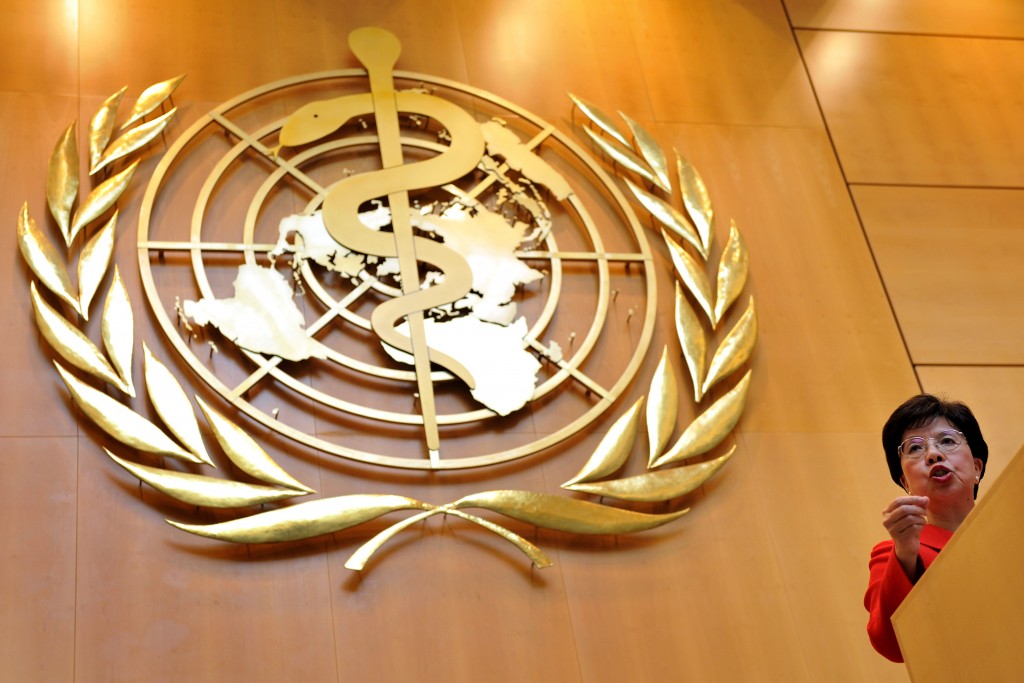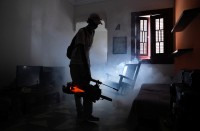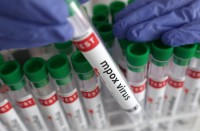
by Nina LARSON
GENEVA , Switzerland (AFP) — A deadly yellow fever outbreak in Angola and Congo is of great concern but does not amount to a global health emergency, the World Health Organization said Thursday.
The UN health body said an emergency meeting of experts had determined that “the urban yellow fever outbreaks in Angola and the Democratic Republic of the Congo is a serious public health event which warrants intensified national action and enhanced international support.”
But the committee stopped short of declaring a so-called Public Health Emergency of International Concern, as it did during the Ebola outbreak in West Africa and the current surge in birth defects and neurological disorders linked to the spread of Zika virus in the Americas.
Yellow fever has been raging since last December in Angola, especially in the capital Luanda, killing 293 people to date and infecting another 2,267.
Cases have been imported to Kinshasa in DR Congo, and there is some evidence the disease has been spreading locally in that city.
“Urban yellow fever is a particularly dangerous and concerning situation, because of both the potential for explosive spread in urban settings with high mortality and also the risk of international spread,” Bruce Aylward, WHO chief on outbreaks and health emergencies, told reporters.
Cases have also been imported to Kenya, and the Angola outbreak has been proven to be the source of 11 infections in China.
Earlier on Thursday, the International Federation of Red Cross and Red Crescent Societies (IFRC) warned that limited vaccine supplies, inadequate disease surveillance systems, poor sanitation and continuous movement across Angola’s borders “could turn a national outbreak into a global crisis”.
Vaccinate all travelers
Professor Oyewale Tomori, who chaired the WHO emergency meeting, said the committee agreed the outbreak could potentially evolve into a global crisis and had called for intensified surveillance in the affected countries and at-risk nations and mass vaccination.
WHO also reiterated its call for the vaccination of all travelers, and especially migrant workers to and from Angola and DR Congo to keep the outbreak from spreading internationally.
There is no specific treatment for yellow fever, a viral haemorrhagic disease transmitted in urban settings mainly by the Aedes aegypti mosquito, which also spreads Zika, dengue and chikungunya.
The percentage of people immunized against yellow fever remains low in many parts of Africa, even though the vaccine is nearly 100 percent effective and relatively cheap.
WHO has sent 11.7 million doses to Angola and there are plans to vaccinate 2.2 million people in DR Congo.
Aylward explained that one reason WHO had convened its emergency committee was over concern that a global stockpile of the vaccine might run dry if another urban area was affected.
But he said the experts had determined there were currently about five million doses in the stockpile, which should swell to seven million by the end of May and 17 million by August.
This, he said, “should be sufficient … to stop the transmission that we currently know.”
nl/gca/pdw
© 1994-2016 Agence France-Presse







